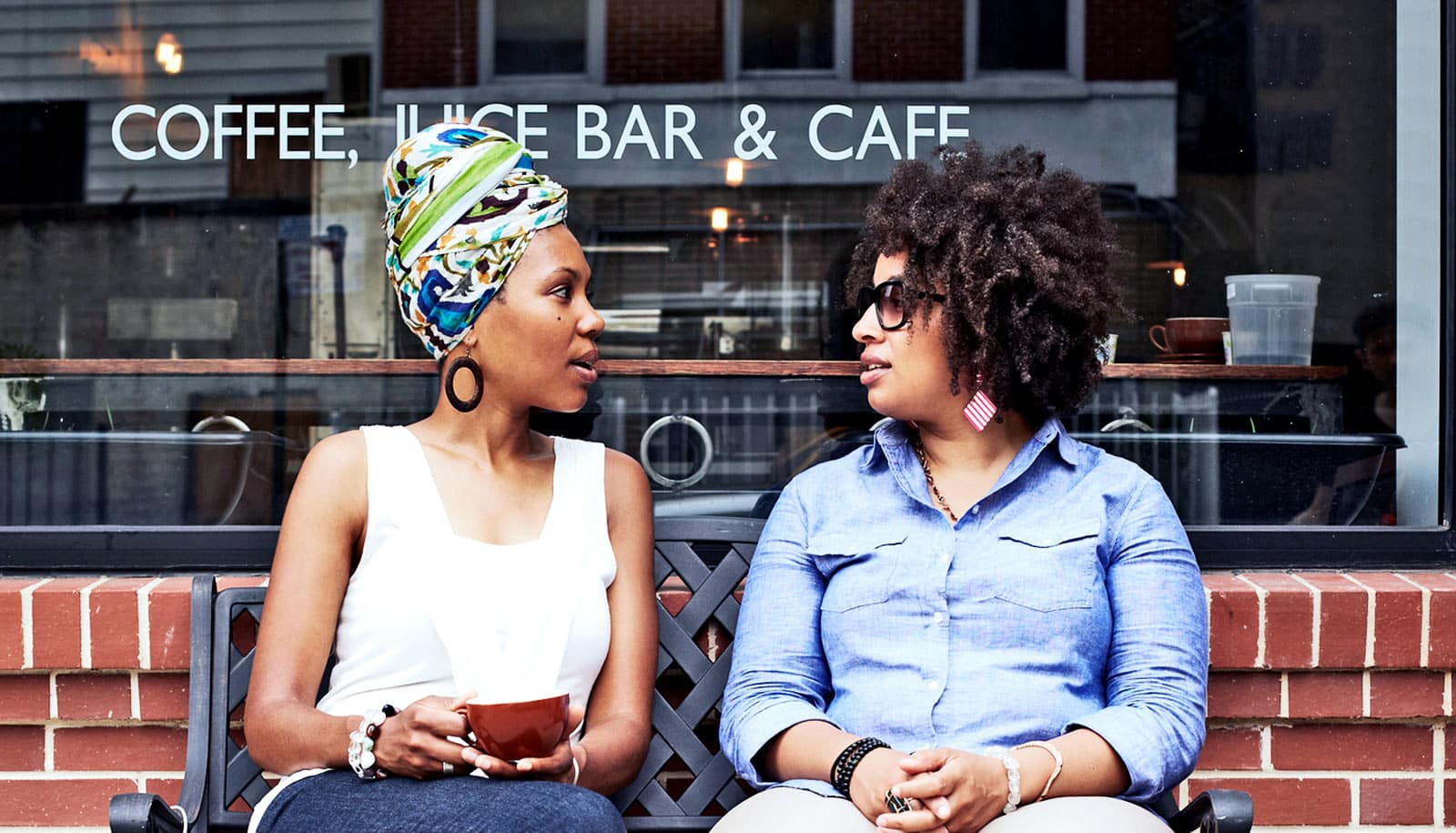It takes more than 200 hours before someone can be considered a close friend, according to a new study that explores how long it typically takes to move through the deepening stages of friendship.
That means time spent hanging out, joking around, playing video games, and the like, says Jeffrey Hall, associate professor of communication studies at the University of Kansas. Hours spent working together just don’t count as much.
“We have to put that time in. You can’t snap your fingers and make a friend. Maintaining close relationships is the most important work we do in our lives—most people on their deathbeds agree,” Hall says.
As reported in the Journal of Social and Personal Relationships, researchers developed an online tool where, based on answers to a few questions, they can guess your friendship closeness.
Hall extrapolated his latest work from previous studies that established that our brain can only handle about 150 friendships, and that, “the amount of time and the type of activity shared with a partner can be thought of as strategic investments toward satiating long-term belongingness needs.”
In the first part of his study, Hall analyzed 355 responses to an online survey from adults who said they had moved in the last six months and were looking for new friends in their new homes.
Hall asked them to think of someone they had met since moving, and how their relationship had proceeded, drawing associations between friendship closeness, hours spent together, and types of activities.
He then asked participants to rate their resulting relationships in one of four deepening stages: acquaintance, casual friend, friend, and close friend. Using that information, Hall estimated the number of hours it took people to begin to transition from one level of friendship to another.
Hall’s second study reinforced the conclusions of his first. For the second study, he surveyed 112 University of Kansas freshmen who had recently moved to Lawrence. He asked them about two people they had met since starting school two weeks before. Then he followed up with the respondents four and seven weeks later to see how that relationship had progressed.
Friends beat family for aging well
Combining the results of both studies, he estimated it takes between 40 and 60 hours to form a casual friendship, 80-100 hours to transition to being a friend, and more than 200 hours together to become good friends.
When young people fall for each other, they fall hard, Hall says.
“When people transition between stages, they’ll double or triple the amount of time they spend with that other person in three weeks’ time,” he explains. “I found freshmen who spent one-third of all waking hours in a month with one good friend.”
Of course, it’s not simply a matter of wanting to be friends with someone. The other person has want it, too. And younger people would be wise to make that investment of time. Previous studies have associated early friendships with happiness later in life.
“You can’t make people spend time with you, but you can invite them,” Hall says. “Make it a priority to spend time with potential friends.
You can catch your friend’s mood, but not depression
“If you are interested in a friendship, switch up the context. If you work together, go to lunch or out for a drink. These things signal to people that you are interested in being friends with them.”
Source: University of Kansas



